Imagine stepping into a misty Irish meadow at dawn, dew clinging to your boots, as a tangle of ancient branches weaves a spell around you. The air is thick with stories—of faeries, wise elders, and secrets whispered through leaves. Nowhere do these tales come alive more vividly than in the living folklore gardens of Ireland, where hawthorn and hazel stand as sentinels of mystery, magic, and science. Their roots delve deep into the soil and even deeper into the collective memory of a nation, binding the past and present in a tapestry of myth and meaning.
The Enduring Mystique of Hawthorn
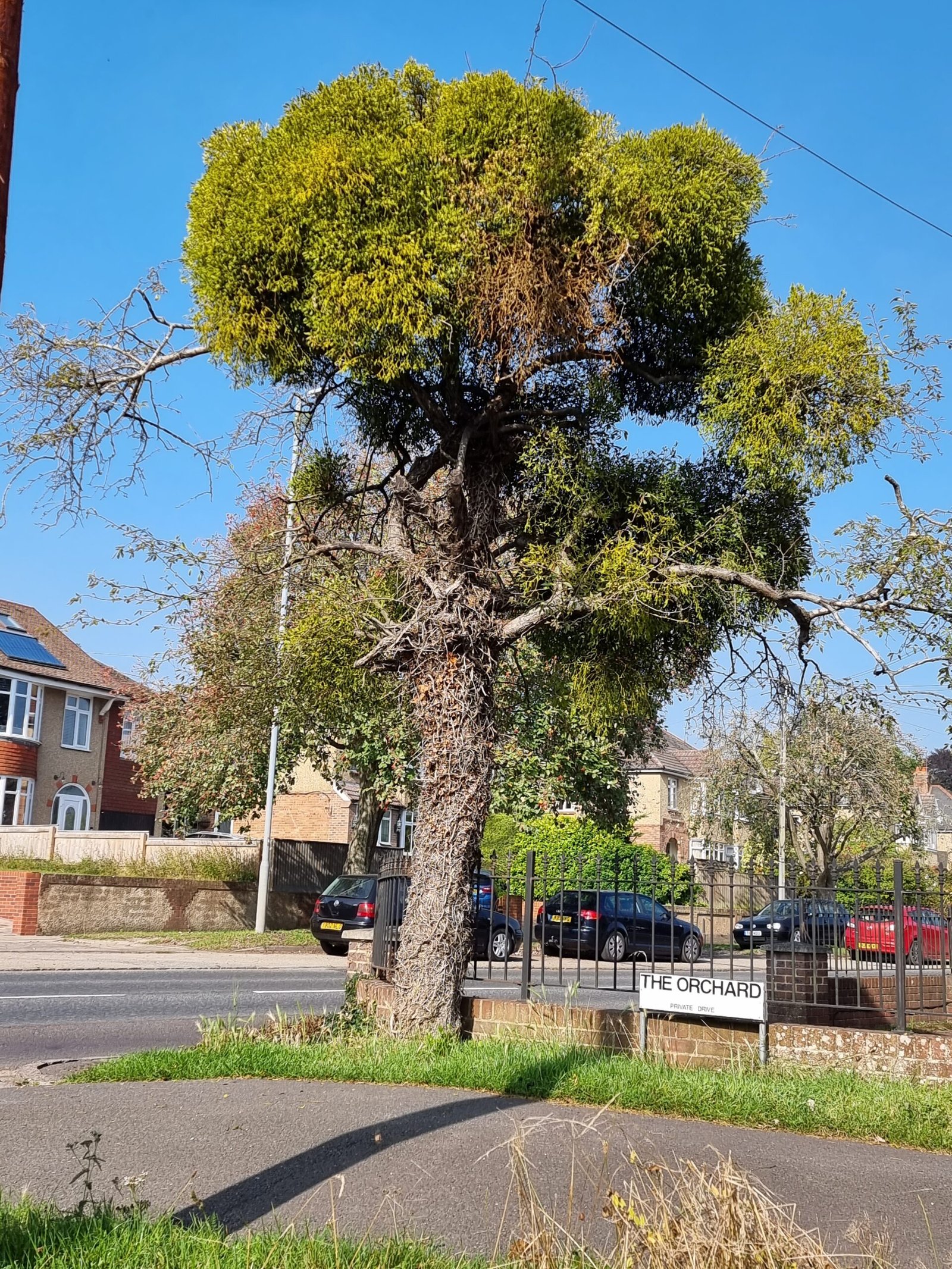
Hawthorn trees, with their gnarled limbs and crown of white blossoms, have inspired awe and caution throughout Ireland’s history. Locals still whisper that to harm a hawthorn is to risk the wrath of the “Good People”—the faeries who are believed to dwell beneath its branches. This sense of reverence is not just superstition; it has shaped the Irish landscape, deterring farmers from removing lone hawthorns, which often stand untouched in fields. Botanically, hawthorn (Crataegus monogyna) is a robust, adaptable species, thriving in hedgerows and wild spaces and producing berries that sustain birds through harsh winters. Its resilience and beauty have made it a symbol of protection and hope, but also a living reminder that the ordinary can be extraordinary if you know how to look.
Hazel: Tree of Wisdom and Inspiration
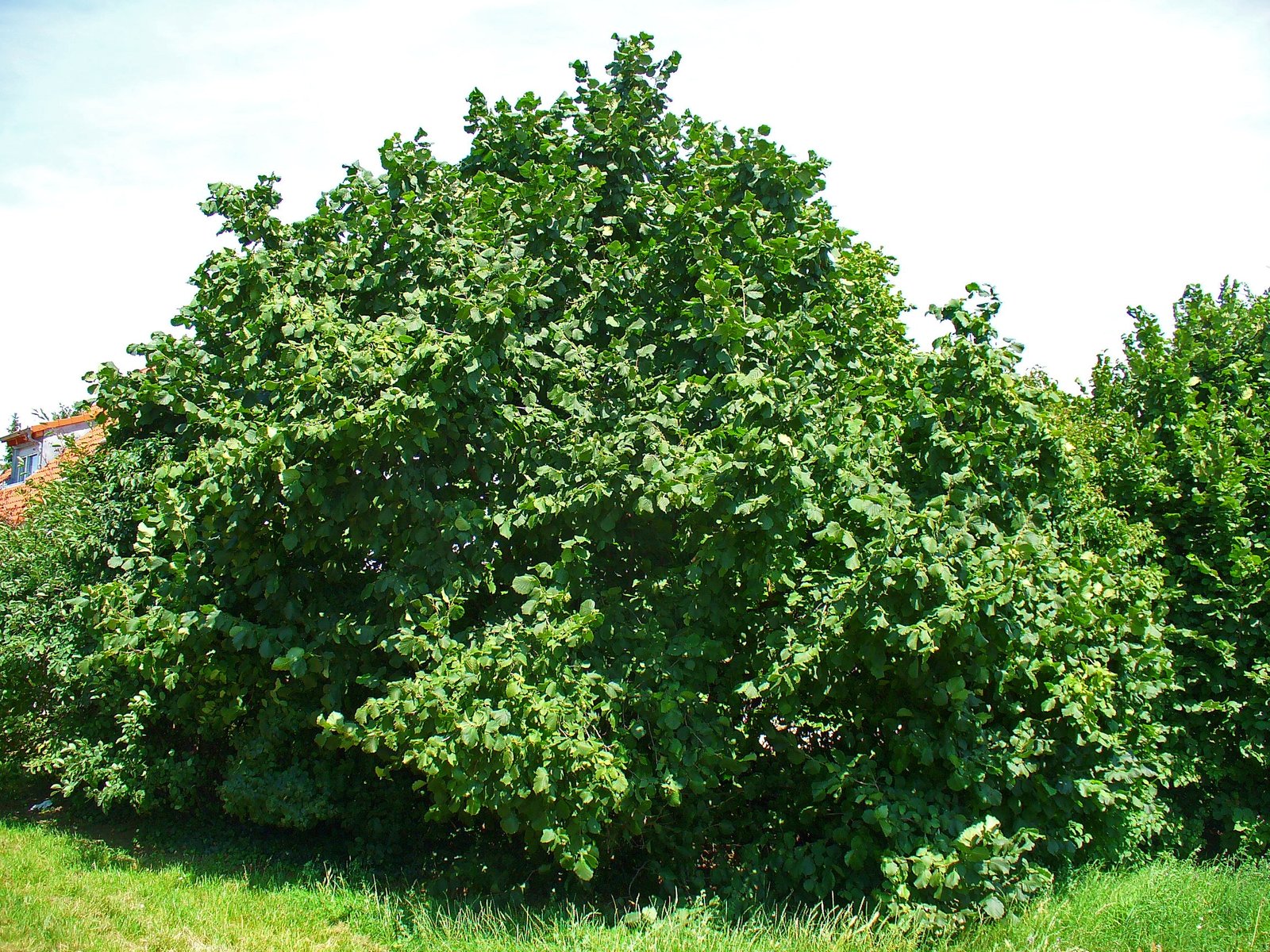
Hazel trees are slender and unassuming at first glance, but their significance in Irish tradition is profound. In ancient lore, hazel is the tree of knowledge, its nuts said to grant wisdom to those who eat them. This legend is famously woven into the story of the Salmon of Knowledge, a fabled fish that gained all the world’s wisdom by eating hazelnuts that fell into the River Boyne. Hazel (Corylus avellana) also plays a practical role in rural life, its flexible wood used for wattle fences, baskets, and walking sticks. Each spring, its catkins dangle like golden tassels, announcing the return of life and inspiration to the land.
Faerie Trees and the Power of Belief

The concept of “faerie trees” is alive and well in Ireland, with hawthorn and hazel sharing the stage. People often tie ribbons or offerings to their branches, hoping for good fortune or healing. These acts are more than quaint customs—they reflect a deep respect for nature and unseen forces. Scientific studies have shown that ritual and belief can influence mental well-being, reducing stress and fostering community connection. In this way, the sacred trees serve as both spiritual and psychological anchors in a rapidly changing world.
Roots in Mythology and Ancient Rituals

Hawthorn and hazel are entangled in the roots of Celtic mythology, featuring in tales of gods, heroes, and otherworldly journeys. Druids, the priestly class of ancient Ireland, reportedly used hazel rods for divination, while hawthorn groves were chosen sites for seasonal festivals. These traditions weren’t just about storytelling; they marked times of planting, harvesting, and renewal. Archaeological finds, like hazel wattle preserved in prehistoric crannogs (lake dwellings), reveal how myth and daily life have always been intertwined in Ireland.
Biodiversity in Folklore Gardens
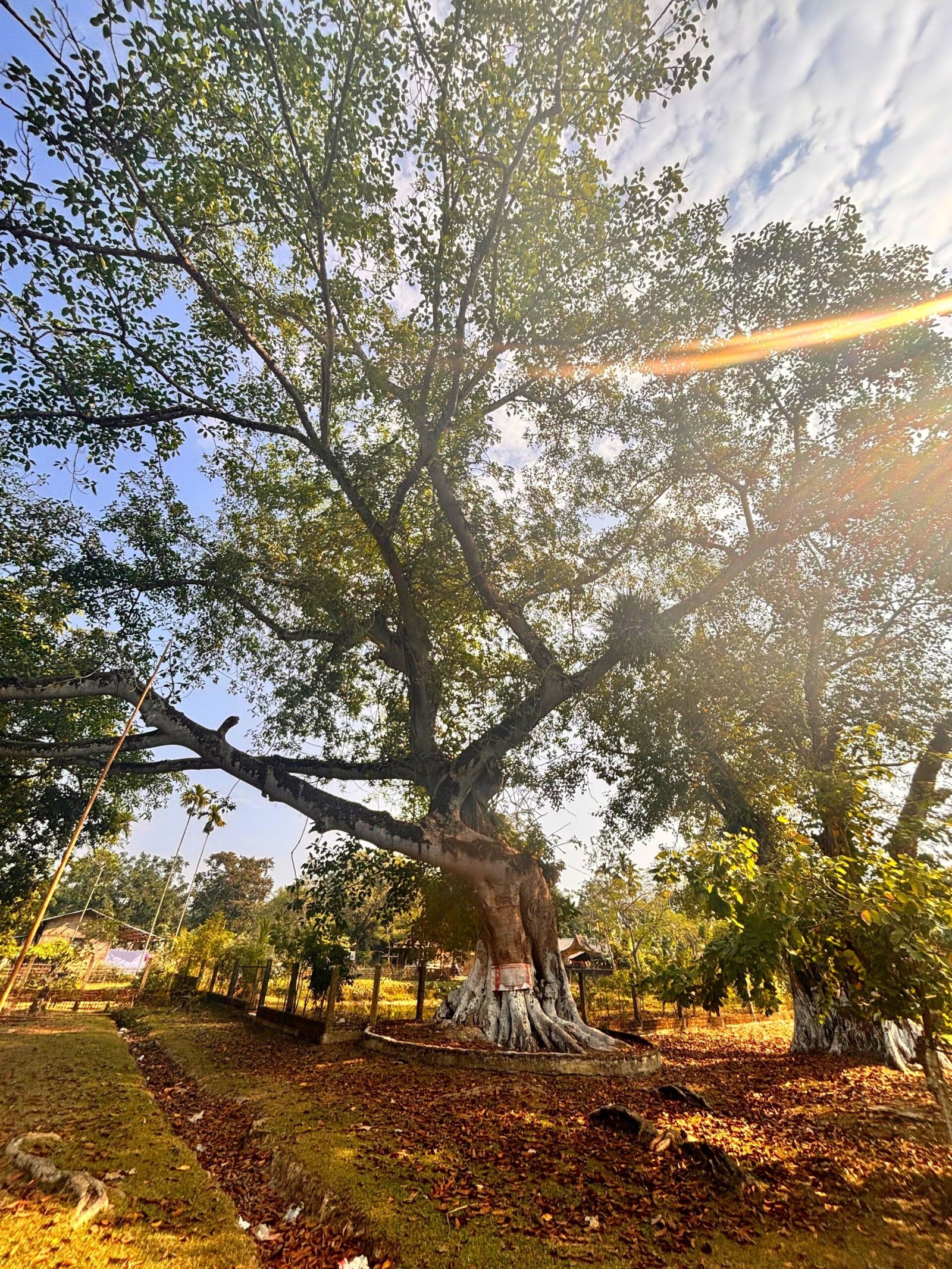
Living folklore gardens are more than just spaces for storytelling; they are vibrant ecosystems teeming with biodiversity. Hawthorn hedges provide nesting sites for songbirds and safe corridors for small mammals. Hazel supports a wide range of insects and fungi, its nuts feeding red squirrels and dormice. By preserving these plants, garden stewards protect not only cultural heritage but also the delicate balance of local wildlife. These gardens demonstrate how folklore and science can work hand in hand to sustain both tradition and nature.
Healing Properties and Modern Science
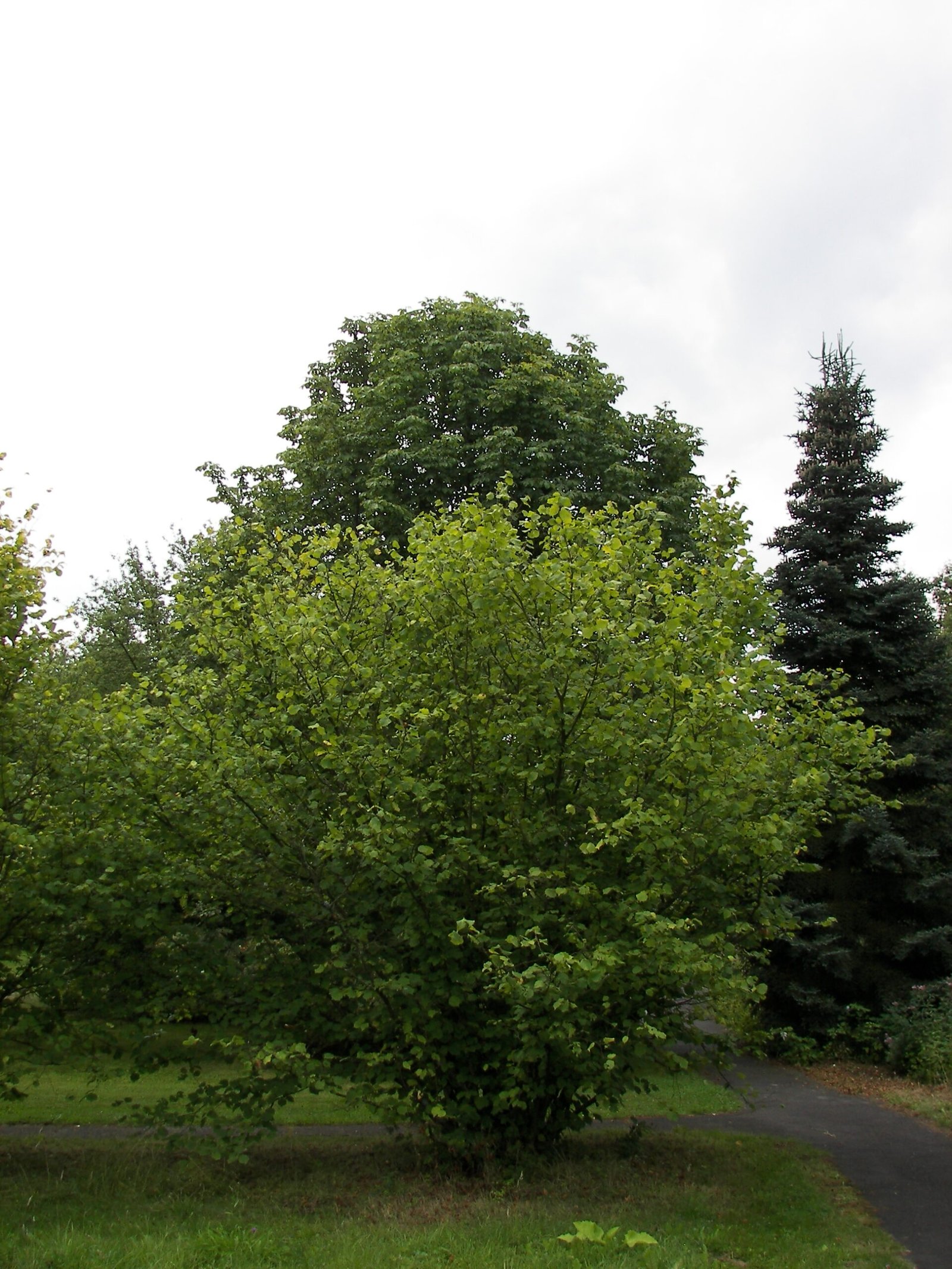
Both hawthorn and hazel have earned their place in folk medicine, and modern science has validated many of these remedies. Hawthorn berries are rich in antioxidants and have been studied for their potential to support heart health and regulate blood pressure. Hazel leaves and bark were once used to treat wounds and inflammation. While today’s medicine relies on rigorous testing, the continued use of these plants shows how ancient wisdom and scientific inquiry can inform each other, creating a bridge between past and present.
The Role of Storytelling in Conservation
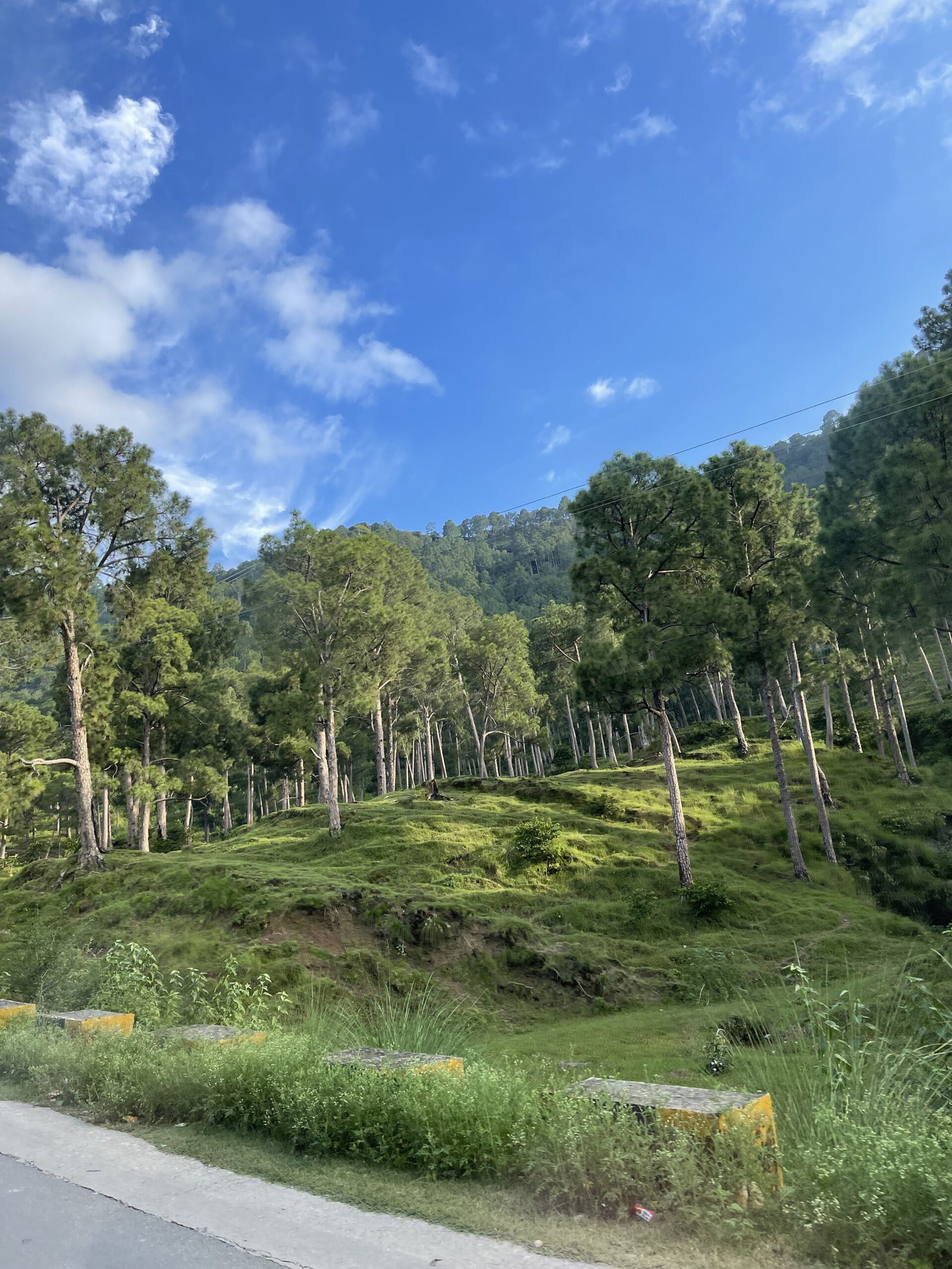
Stories are powerful tools for conservation, shaping how people view and interact with the natural world. In Ireland, tales of faerie trees and wise hazel groves have protected these species from overharvesting and destruction. Folklore gardens use interpretive signs, guided walks, and hands-on activities to keep these stories alive for new generations. This blend of narrative and stewardship encourages respect for the environment and inspires visitors to see the land as both a resource and a living storybook.
Seasonal Celebrations and Folklore Festivals

Throughout the year, hawthorn and hazel take center stage in Irish festivals and seasonal rituals. May Day, or Bealtaine, is marked by the blooming of hawthorn, its flowers woven into garlands to welcome summer and ward off misfortune. In autumn, hazel nuts are gathered as symbols of abundance and learning. These celebrations are not only social events but also reminders of the deep cycles that connect people to the land and each other. They transform simple garden spaces into living theatres of culture and community.
Gardening with Intention: Planting for the Future
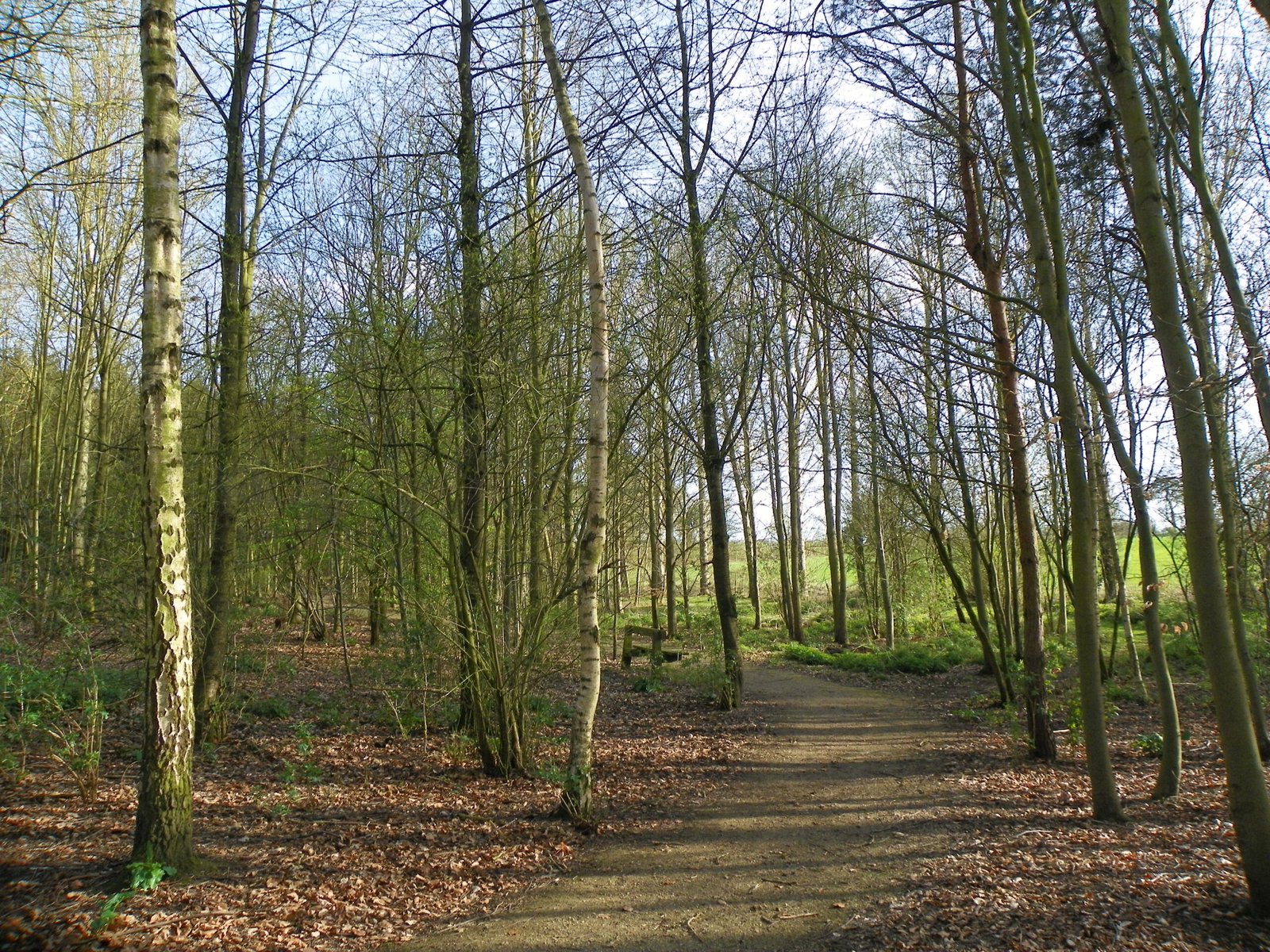
Modern gardeners in Ireland are rediscovering the value of planting hawthorn and hazel, not just for their folklore, but for their ecological benefits. These species are hardy, support pollinators, and require little intervention once established. By choosing native plants, gardeners help restore habitats and revive traditional landscapes. Some have even created small “faerie groves,” inviting neighbors and children to share in the joy of tending living legends. This revival reflects a growing recognition that the future of gardens is rooted in respect for the past.
Personal Encounters and Lasting Impressions
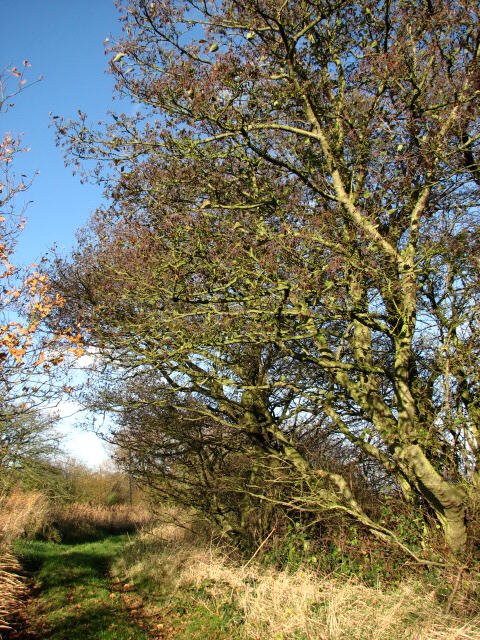
Visitors to Ireland’s folklore gardens often share stories of unexpected moments—pausing beneath a bowed hawthorn during a storm, or discovering a patch of hazel glowing in the evening light. These encounters linger in memory, sparking curiosity and a sense of connection to something larger than oneself. Whether you are a scientist, a storyteller, or simply someone seeking solace in nature, the presence of these trees invites a pause, a breath, a chance to listen to the old songs running through the leaves.
Hawthorn and Hazel in the Modern Imagination
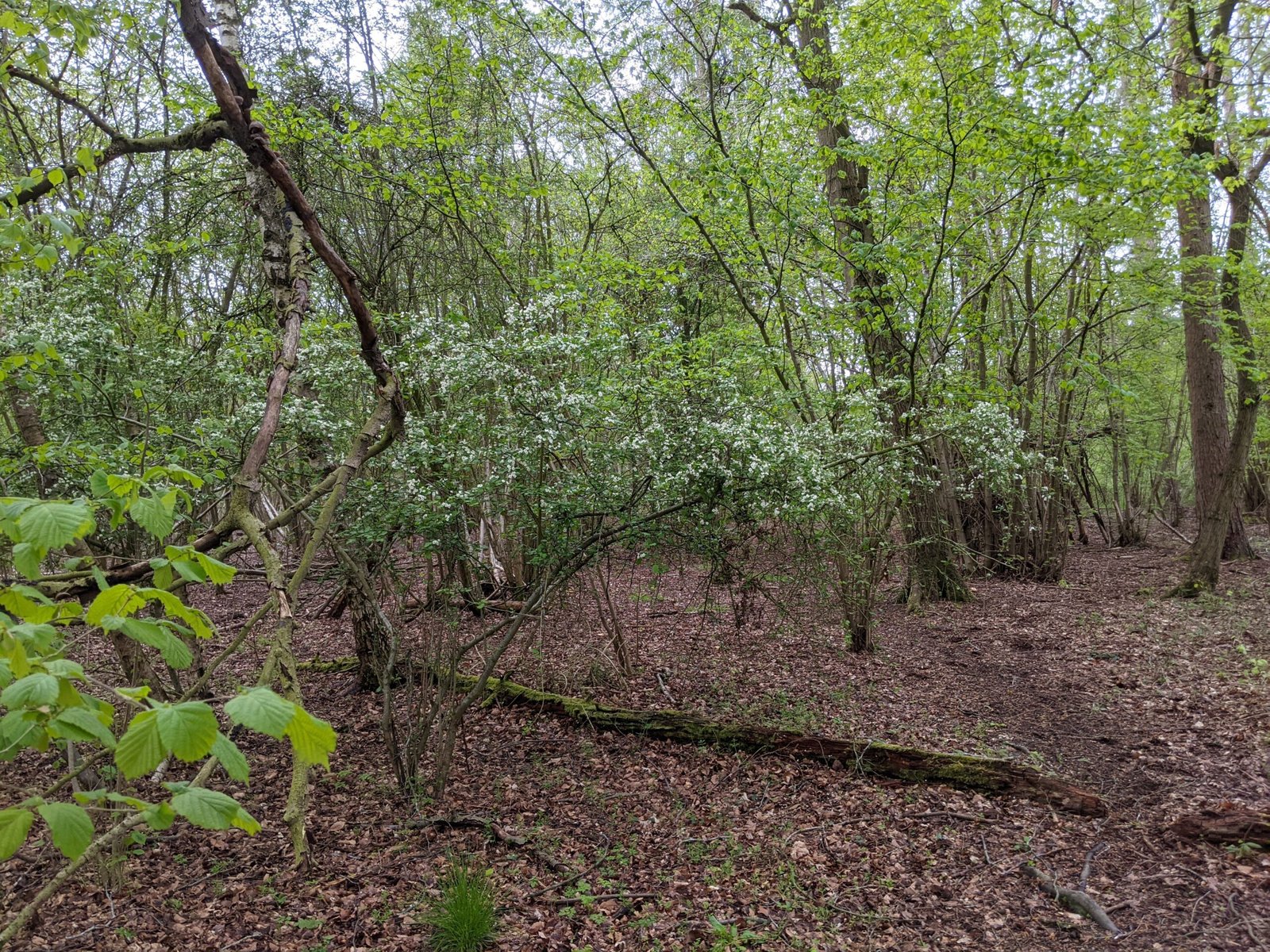
Today, hawthorn and hazel continue to inspire artists, writers, and scientists alike. Their images appear in poetry, paintings, and conservation campaigns. Urban planners and educators use their stories to teach about biodiversity, resilience, and the importance of native species. As symbols, they remind us that science and myth do not have to be at odds; instead, they can enrich each other, offering a deeper, more meaningful relationship with the world around us.
The enduring presence of hawthorn and hazel in Ireland’s living folklore gardens is a testament to the power of story, tradition, and science working together to shape both landscapes and hearts.



